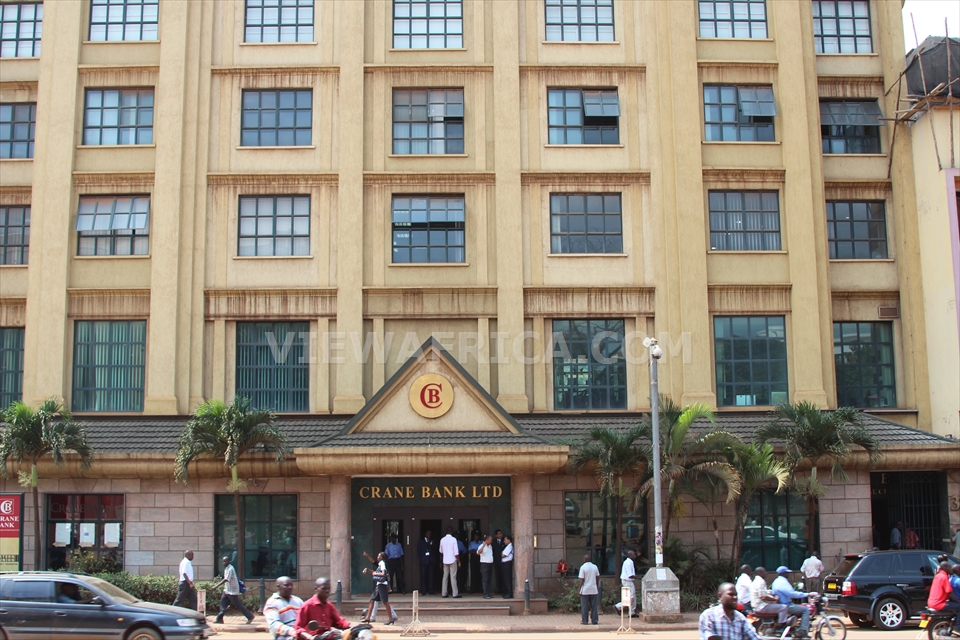The East African region, particularly in Uganda and Kenya, has been in a downward economic spiral, with several multinationals and local companies in Kenya, the region’s biggest economy, carrying out lay-offs that have seen tens of thousands lose jobs between 2014 and 2016.
For instance, during the said period 32 companies in Kenya either laid off their workers or relocated their operations to other regions outside East Africa, considered more economically stable.
For instance, in the telecoms sector Airtel (Kenya) laid of 60 workers, while Telkom Kenya planned to lay off 500 workers in that period of two years. Workers at Ericsson Kenya also faced retrenchment.
In the foods and beverage sector Giant American Company, Coca Cola, a soft drinks manufacturing conglomerate with a global presence downgraded its regional headquarters in Nairobi and relocated most of its operations to Nigeria and South Africa. East African Breweries Limited (EABL), the oldest and biggest beer manufacturing entity, laid off 100 workers at its Nairobi plant; Kenya Meat Commission laid off 119 workers, while Mumias closed its water bottling plant and in the process 100 workers lost their jobs. Another sector that was affected seriously is the floricultural sector, where over 3000 workers at two farms; Karuturi and Oserian, lost their jobs after the flower business took a nosedive following a depressed market in Europe. Among the other companies that experienced economic problems were Fluorspar and Cardbury Kenya, which closed down.
However, the worst-hit sector was Kenya’s banking industry, with leading multinational bank Barclays shutting down its office in Nairobi and relocating operations to South Africa. Also, banking giant, Hong Kong Shanghai Banking Corporation (HSBC) exited the Nairobi market, while another multinational bank StanChart (Kenya) and local banks Sidian, Family, Equity and the Cooperative Bank collectively laid off over 1000 workers.

The ‘banking sector bug’ that hit Kenya did not spare neighbouring Uganda, where the Central Bank took over management of Crane Bank of business mogul Sudhir Ruparelia, and also hinted at taking over three other banks.

Earlier, the BoU had closed the Global Trust Bank, the Imperial Bank and the National Bank of Commerce, the latter whose liabilities at the time of closure were taken over by the Crane Bank.
Indeed, sources say the Non Performing Loans, low deposits and high operational costs have been a burden to all bankers in Uganda. Profits have dipped and it is survival for the fittest. Uganda’s sector is small with less than 10 percent of Ugandans owning a bank account, the sources argue.
Meanwhile, just like in Kenya, in Uganda 63 companies recently pleaded with government to come to their rescue following a decline in business owing to huge domestic debts incurred by government, and the foreign debtors among them South Sudan government and individuals who owe Ugandan businessmen millions of dollars. Prior to the outbreak of civil war in South Sudan in December 2013, Ugandan businessmen enjoyed brisk business there, contributing to Uganda’s foreign exchange earnings and in turn contributing to micro-economic stability.
But in Uganda it is the intervention of the government to calibrate economic stability just like it recently did with Crane Bank by injecting Shs200 billion.
Indeed, such interventions are commonplace in depressed economies, a good example being the US stimuli packages offered to depressed financial institutions in 2007 and 2009.







